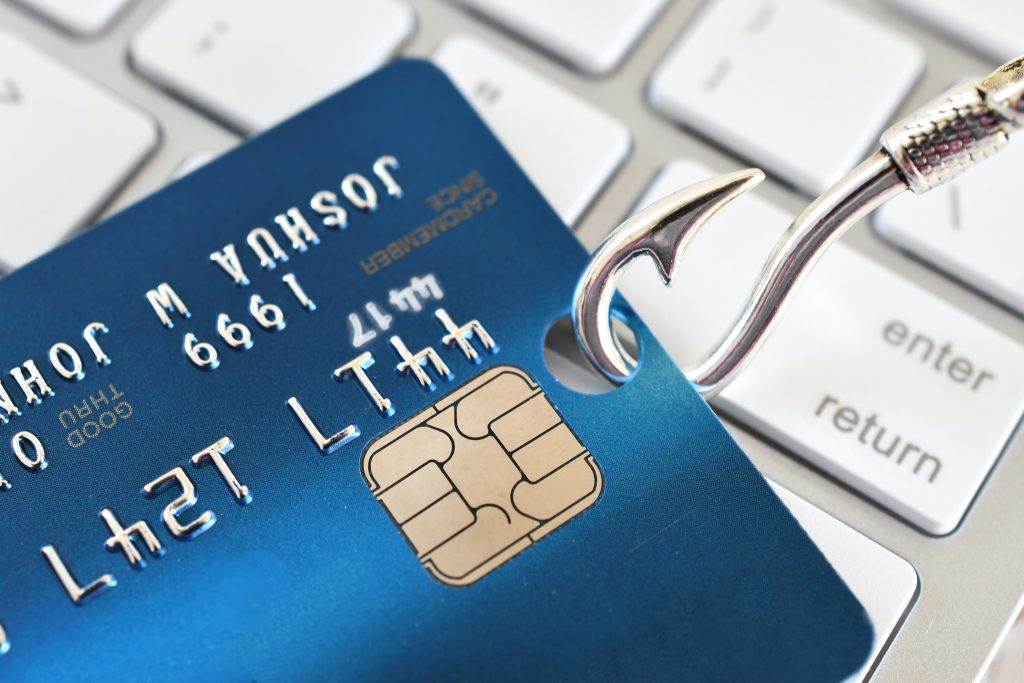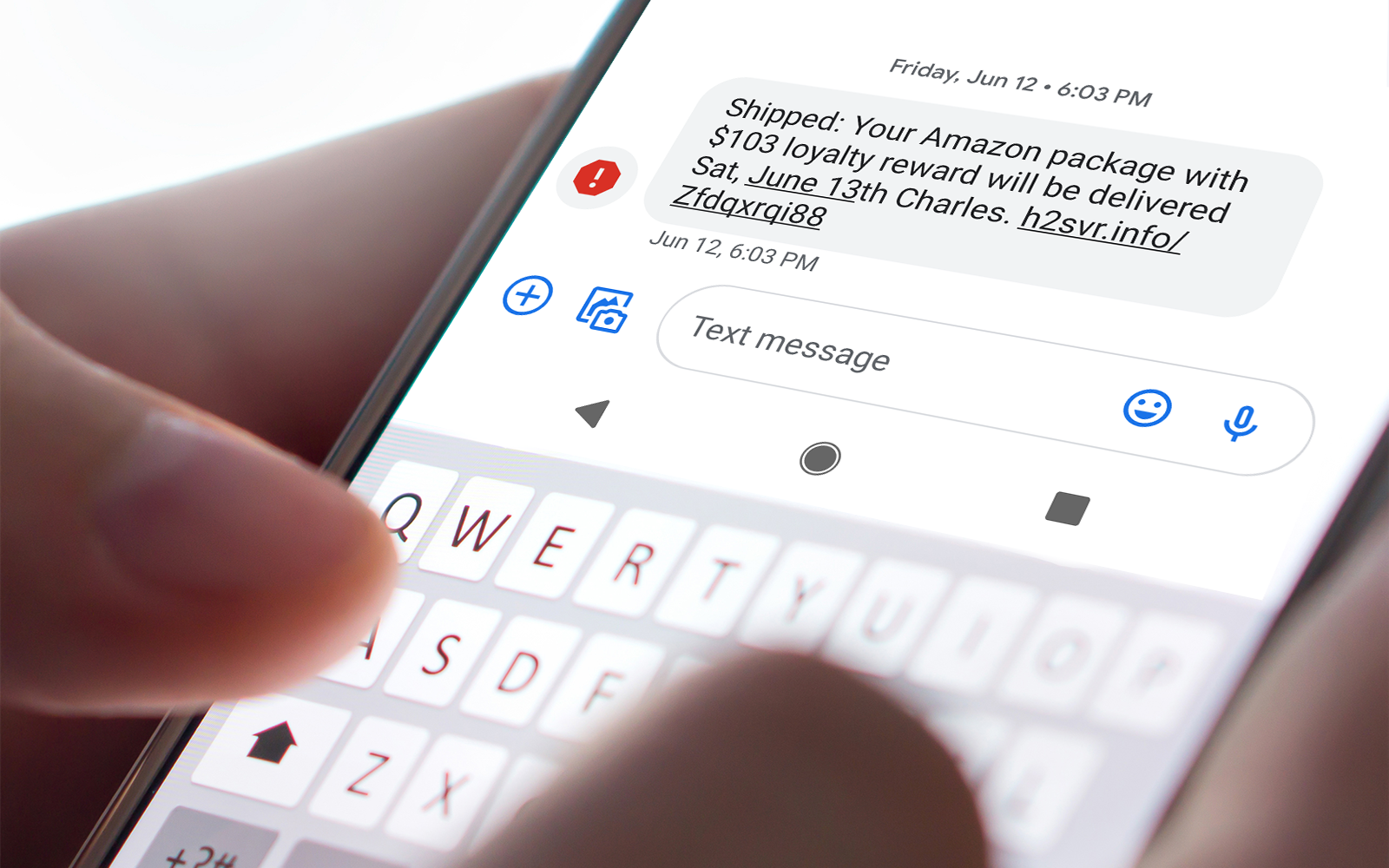Importance of getting “Smished”
Importance of getting “Smished”. Part of cyber safety is recognizing an attack when you see one; so, part of staying safe from smishing is taking some time to look at a smishing examples.
Could you identify an SMS cyber-attack?
Importance of getting “Smished”. Recognizing a real-world message as smishing by having seen a similar smishing example before, is a fast path to staying safe. Just like email got more dangerous when phishing became commonplace, text messaging got more dangerous when smishing became a thing.

What is “smishing”?
Smishing is a form of phishing in which an attacker uses a compelling text message to trick targeted recipients into clicking a link and sending the attacker private information or downloading malicious programs to a smartphone.
Most of the 3.5 billion smartphones in the world can receive text messages from any number in the world. Many users are already aware of the dangers of clicking a link in email messages. Fewer people are aware of the dangers of clicking links in text messages. Users are much more trusting of text messages, so smishing is often lucrative to attackers phishing for credentials, banking information and private data.

How Does Smishing Work?
Most smishing attacks work like email phishing. The attacker sends a message enticing the user to click a link or asks for a reply that contains the targeted user’s private data. The information an attacker wants can be anything, including:
Online Account Credentials
Private information that could be used in identity theft Financial data that can be used to sell on dark net markets or for online fraud. Smishers use a variety of ways to trick users into sending private information. They may use basic information about the target (such as name and address) from public online tools to fool the target into thinking the message is coming from a trusted source.
The smisher may use your name and location to address you directly. These details make the message more compelling. The message then displays a link pointing to an attacker-controlled server. The link may lead to a credential phishing site or malware designed to compromise the phone itself. The malware can then be used to snoop the user’s smartphone data or send sensitive data silently to an attacker-controlled server.
How to prevent Smishing

Don’t reply to the text message or call the number
Even if the text message says “text ‘stop’ to stop receiving messages,” never reply. If you are sure the message is coming from scam number, replying may actually result in more messages getting spammed to your phone. The same may be true of calling the number. Often, scammers don’t know if the numbers they’re using are actually active. Providing a response to the message will verify to them that the number is indeed active, leading them to continue and potentially increase the number of scam messages you’re receiving.
Do a web search of both the number and the message content
If you’re feeling a bit uneasy about a potential smishing scam, type the number or the message (or both) into a Google search. Chances are, you are not the first person to receive that message. In many cases, you’ll find others posting on various scam number websites. Don’t just trust one negative response or inquiry.

Don’t click on any links in the message
All forms of smishing are usually a game of emotional manipulation. Often, scammers don’t need you to overtly give up passwords, pins and social security numbers. At times, all they need to do is pique your interest enough to get you to click on a link and download a virus to your phone.
Remember that, like email phishing, smishing is a crime of trickery—it depends on fooling the victim into cooperating by clicking a link or providing information. Indeed, the simplest protection against these attacks is to do nothing at all. So long as you don’t respond, a malicious text cannot do anything. Ignore it and it will go away
Phishing VS Smishing
Phishing and Smishing are methods criminals use to trick you into giving them personal financial information.
The criminals are after details like credit card numbers, bank account numbers, social security numbers, passwords, and other sensitive information. They use that information to steal your money or use your good name to open new loans or credit cards. Phishing uses an email message to gather that information. Smishing uses an SMS text message to your phone.
What Can I do if I’ve been Smished?
Report misleading websites, emails, phone numbers, phone calls or text messages you think may be suspicious. Do not give out private information (such as bank details or passwords), reply to text messages, download attachments, or click on any links in emails if you’re not sure they’re genuine.
Public Relations Specialists in Orlando, FL
Orlando Marketing Firm provides the public relations that you need to achieve company goals. We will find the right medium for you – from newspapers with millions of subscribers to radio shows with thousands tuned in. Our public relations specialists will assist you in creating the “buzz” for your company, product, or service.




